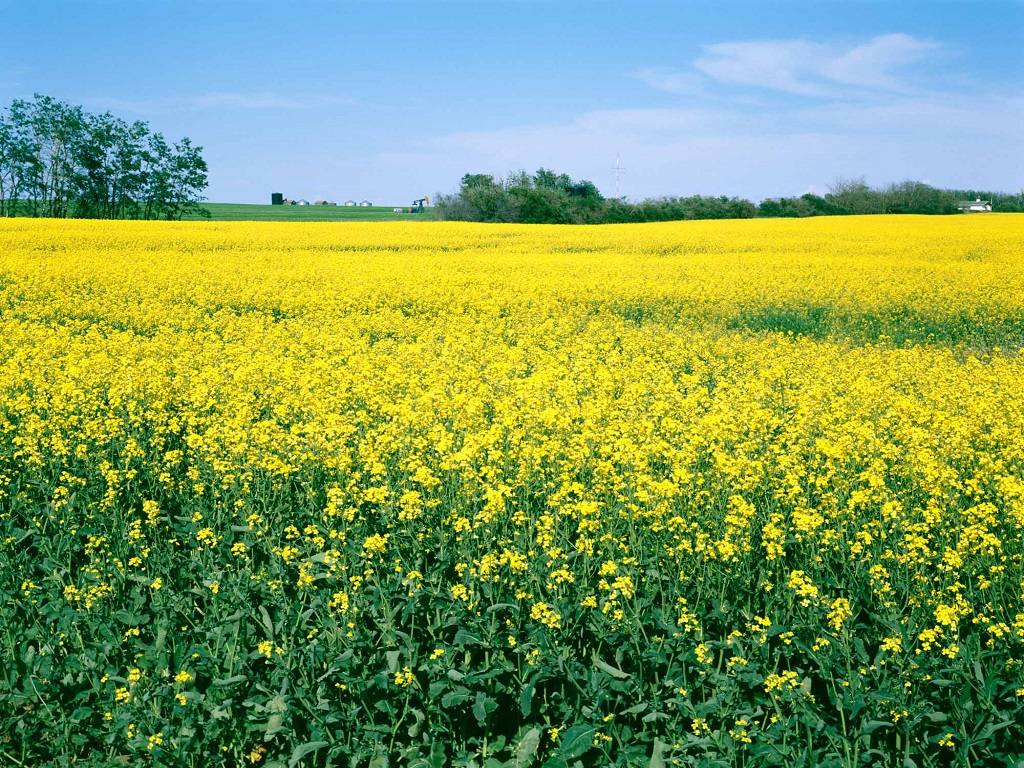
The agriculture ministry stated on Friday that adequate winter rainfall in important rabi-crops-growing states, as well as an 'extremely good' water reservoir position, had boosted crop prospects. The ministry stated that the third wave of Covid has no effect on the sowing of winter crops.
But the availability of soil moisture in the country signals a promising future for summer crops including pulses, corn, fruits, and vegetables. The major rabi crops are wheat, pulses, oilseeds, and coarse cereals. The current season of sowing is nearly complete.
According to data from the Central Water Commission, live water storage levels in 137 reservoirs around the country are 102% higher than the same period last year and 124% of the ten-year average.
Sowing Status of Main Rabi Crops
The sowing of rabi crops for the current season (2021-22), mostly wheat, pulses, oilseeds, and coarse cereals, is nearly complete, with the overall sowing area somewhat greater than the previous year. By the end of this month, the final statistics on rabi crop sowing will be available.
According to data issued by the agricultural ministry on Friday, the total area under all rabi crops rose to 679 lakh hectares (lh) in the 2021-22 season, up from 672 lh a year ago.
Lower wheat sowing is not a reason for alarm, according to officials, because the Food Corporation of India (FCI) now possesses more than 32 million tonnes (MT) of wheat supplies, compared to the buffer norm of 21.41 MT on January 1. In the crop year 2020-21, India produced a record 122 MT of wheat.
This year so far, winter pulses such as chana, moong, and urad have been sown on 164 lh, which is somewhat higher than the same level last year. Meanwhile, chana sowing, which accounted for about 47% of India's pulses production of 25.72 MT in 2020-21, has increased by 4% to approximately 113 lh this year compared to 2021.
Fulfilled Domestic Demand of Edible Oil
Higher oilseed sowing, according to official sources, would help fulfill domestic edible oil demand while reducing reliance on imports. India imports over 60% of its edible oil needs, and retail costs have risen dramatically in recent months as world prices have risen.
There was less coverage under coarse-cum-nutri cereals this year, with the total sown area of 49 lh compared to 51 lh the previous year. From April 1, the FCI, in collaboration with state government agencies, would begin purchasing wheat in important producing states like Punjab, Haryana, Madhya Pradesh, Uttar Pradesh, and Rajasthan.
















